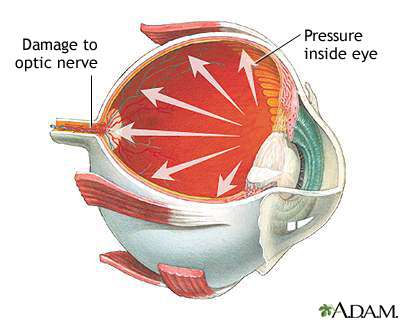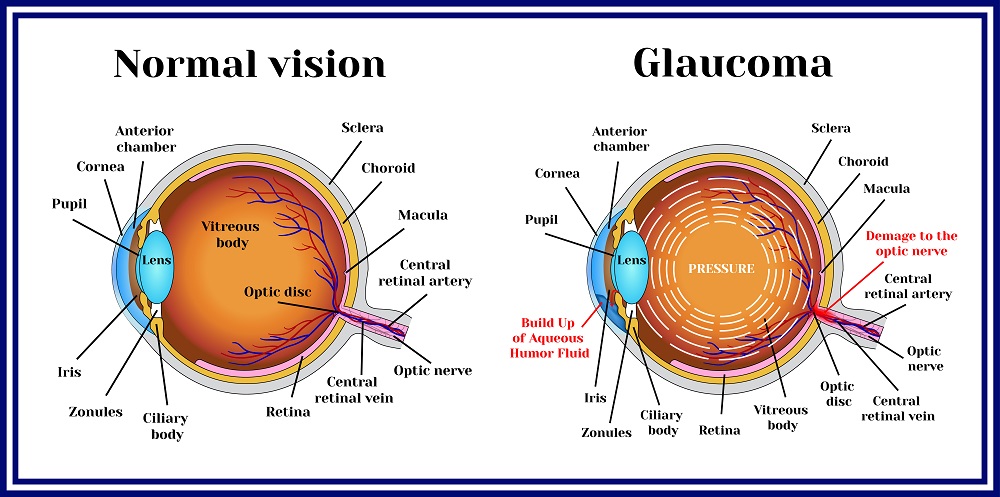Recognizing the Various Vision Adjustment Procedures Available for Clearer Sight
In the world of vision correction procedures, a plethora of choices exist to attend to refractive errors and offer people with more clear view. From the extensively identified LASIK surgical procedure to less invasive procedures like PRK and implantable lenses, the field of ophthalmology provides a series of strategies customized to suit different needs and choices. Each treatment includes its very own set of considerations, advantages, and potential dangers. Recognizing the subtleties of these vision improvement methods is essential for making informed decisions about one's aesthetic health and wellness. Allow's check out the details of these procedures and dropped light on the path to accomplishing enhanced vision clarity.
LASIK Surgical Procedure
LASIK surgical procedure is a common refractive treatment used to deal with vision troubles such as farsightedness, nearsightedness, and astigmatism. This surgical method, which stands for Laser-Assisted in Situ Keratomileusis, aims to improve the cornea to boost how light is focused on the retina, inevitably boosting vision clearness.
One of the main advantages of LASIK surgical treatment is the quick improvement in vision experienced by individuals. On the whole, LASIK surgical procedure is a preferred option for individuals seeking a lasting option for their vision troubles.
PRK Treatment
While additionally an usual refractive procedure, the PRK (Photorefractive Keratectomy) strategy varies from LASIK surgery in its approach to remedying vision problems. In PRK, rather than producing a flap on the cornea, the outer layer of the cornea, called the epithelium, is entirely removed. This enables the laser to reshape the cornea to remedy refractive mistakes such as nearsightedness, farsightedness, and astigmatism straight on the surface area.

Despite the longer healing time, PRK can yield outstanding cause vision improvement, making it a valuable option for those that may not be ideal candidates for LASIK surgical procedure.
Implantable Lenses
In comparison to PRK where the cornea is improved directly, implantable lenses provide an additional method for correcting vision by placing synthetic lenses inside the eye. This procedure is especially valuable for people with high levels of farsightedness, nearsightedness, or astigmatism that may not be appropriate prospects for laser surgical treatments like LASIK or PRK.
Implantable lenses, additionally recognized as phakic intraocular lenses, work by supplementing the eye's natural lens with a fabricated one. refractive surgeries in al. These lenses can be put before the natural lens (former chamber) or behind the iris and before the natural lens (posterior chamber) By changing the power and positioning of these lenses, eye doctors can effectively correct refractive mistakes and enhance visual acuity
One benefit of implantable lenses is that they are detachable and exchangeable, supplying flexibility for future changes. However, as with any type of procedure, there are threats entailed, such as infection or cataract formation. Clients taking into consideration implantable lenses ought to consult with an eye care specialist to establish one of the most appropriate alternative based upon their specific needs and eye health.
Corneal Rings
Corneal rings, also called intracorneal ring sections, are little, transparent devices inserted into the cornea to fix vision distortions such as keratoconus. Keratoconus is a problem where the cornea thins and protrudes external, creating vision to become distorted. The insertion of corneal rings helps to flatten the cornea, enhancing aesthetic skill and reducing the irregular astigmatism triggered by keratoconus.
The procedure for inserting corneal rings is minimally intrusive and reasonably quick, commonly carried out as an outpatient treatment. Throughout the surgical procedure, the eye doctor makes my blog a small cut in the cornea and inserts the rings at a details depth. As soon as in area, the rings aid to improve the cornea, providing a smoother surface area for light to go into the eye, which can result in more clear vision.
Corneal rings are considered a relatively easy to fix treatment, as they can be eliminated or changed if essential. eyecare near me. While they may not entirely eliminate the need for glasses or get in touch with lenses, corneal rings can considerably enhance vision top quality and total aesthetic convenience for individuals with keratoconus or various other corneal abnormalities
Refractive Lens Exchange
Adhering to the adjustment of corneal abnormalities with treatments like corneal rings, an additional vision adjustment technique that can attend to refractive mistakes is Refractive Lens Exchange (RLE) RLE is a surgery that includes changing the eye's all-natural lens with a man-made intraocular lens (IOL) to fix refractive mistakes such as farsightedness, nearsightedness, and presbyopia. This treatment is especially beneficial for individuals that may not be suitable candidates for treatments like LASIK or PRK because of variables such as thin corneas or high refractive errors.

Conclusion
In final thought, there are numerous vision adjustment treatments available to help people attain more clear sight. LASIK surgery, PRK procedure, implantable lenses, corneal rings, and refractive lens exchange are all choices that can attend to various vision concerns. It is essential for people to consult with their eye care company to establish one of the most appropriate treatment based on their particular requirements and choices. With improvements in technology, attaining improved vision is now much more available than in the past.
In the world of vision correction treatments, a wide variety of options exist to attend to refractive errors and give individuals with clearer view.LASIK surgical treatment is an usual refractive procedure used to fix vision troubles such as astigmatism, farsightedness, and nearsightedness.While likewise a common refractive treatment, the PRK (Photorefractive Keratectomy) method varies from LASIK surgical treatment in its technique to fixing vision troubles.Complying with the adjustment of corneal abnormalities find out here now with treatments click for source like corneal rings, one more vision correction technique that can deal with refractive errors is Refractive Lens Exchange (RLE) LASIK surgery, PRK treatment, implantable lenses, corneal rings, and refractive lens exchange are all alternatives that can deal with various vision issues.